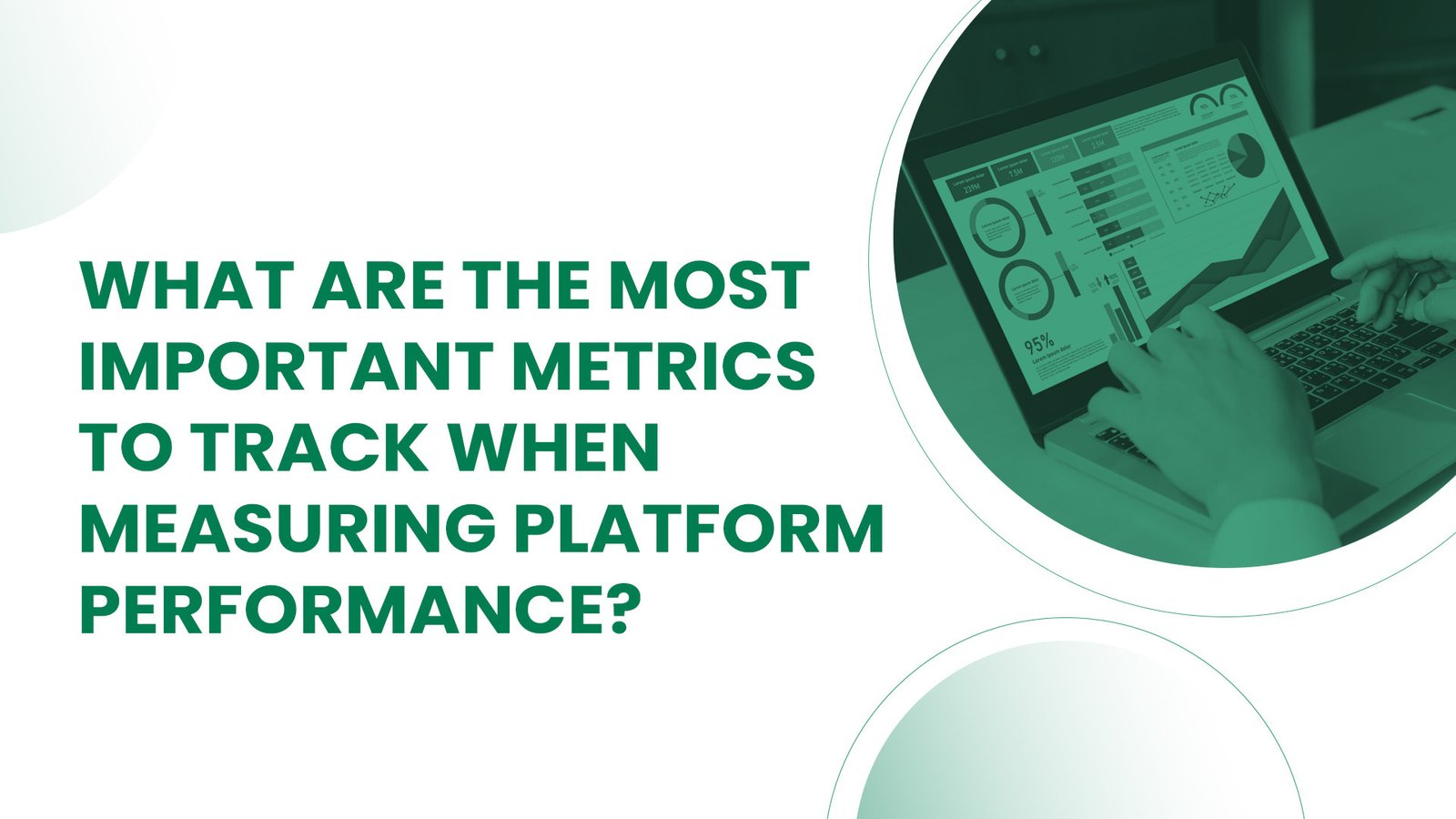Introduction
Running an ecommerce platform like
Grozeo requires a keen eye on performance metrics to ensure smooth operations, a great user experience, and maximum profitability. Tracking the right
E-commerce key performance indicators (KPIs) allows businesses to identify strengths, weaknesses, and areas of improvement. In this article, we will explore the most important metrics of E-commerce performance under different categories, including system performance, user experience,
Customer retention, social media impact, SEO effectiveness, security considerations, and overall business health.
1. System Performance Metrics
The backbone of any Ecommerce platform is its system performance. Metrics such as server uptime, page load speed, latency, and error rate directly affect user satisfaction and sales conversions. A platform should aim for at least 99.9% uptime to minimize disruptions. Fast page load speeds (under 3 seconds) ensure users don’t abandon their carts due to sluggish experiences. Monitoring database efficiency and API response times also plays a crucial role in ensuring seamless transactions and inventory updates.
2. User Experience Metrics
An ecommerce platform must prioritize user satisfaction to drive sales and retention. Key metrics include bounce rate, session duration, cart abandonment rate, and customer retention rate. A high bounce rate (above 50%) may indicate poor site navigation or slow loading times. Cart abandonment rate, which often exceeds 60% in ecommerce, highlights checkout process inefficiencies.
Customer retention rate helps measure loyalty, ensuring businesses focus on long-term engagement rather than just acquisition.
3. Social Media Engagement Metrics
Social media is a powerful driver of traffic and brand awareness for ecommerce platforms. Important metrics include engagement rate, follower growth, click-through rate (CTR), and social media referrals. A strong presence on platforms like Instagram, Facebook, and Twitter boosts credibility and customer trust. Monitoring conversion rates from social media ads also provides insights into the effectiveness of marketing campaigns.
4. SEO Performance Metrics
Search engine optimization (SEO) is essential for organic traffic growth. Tracking organic traffic, keyword rankings, click-through rates (CTR), domain authority (DA), and backlink quality can help businesses optimize their visibility on search engines. A high CTR on search results suggests effective meta descriptions and title tags, while a strong backlink profile enhances credibility and domain authority. Regular SEO audits ensure sustained visibility in a competitive marketplace.
5. Security and Compliance Metrics
With growing concerns over cybersecurity, ecommerce platforms must track security incidents, fraud detection rates, and compliance adherence (e.g., GDPR, PCI DSS). Login success vs. failure rates can indicate potential bot attacks, while SSL certificate health ensures safe transactions. Data protection and secure payment gateways are vital to customer trust, reducing the risk of data breaches and identity theft.
6. Business and Revenue Metrics
Finally, the financial health of an ecommerce platform depends on metrics like conversion rate, customer acquisition cost (CAC), customer lifetime value (CLV), and monthly recurring revenue (MRR). A strong conversion rate (typically 2-3% in ecommerce) signals an effective sales funnel. Keeping CAC lower than CLV ensures sustainable growth, while MRR provides insight into consistent revenue streams. Monitoring refund rates and average order value (AOV) also helps optimize profitability.
Conclusion
Tracking the right metrics is crucial for ensuring the success of an ecommerce platform like
Grozeo. From system performance to user experience, social media impact, SEO effectiveness, security, and financial performance, each metric plays a role in optimizing operations. By leveraging these insights, businesses can make data-driven decisions that enhance customer satisfaction, increase revenue, and maintain a competitive edge in the ecommerce industry.

